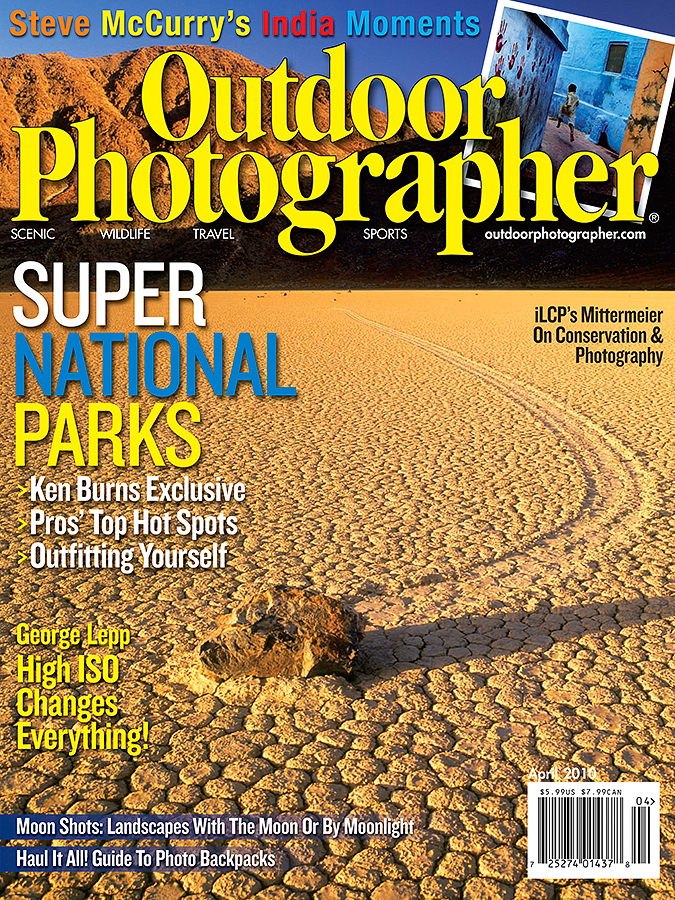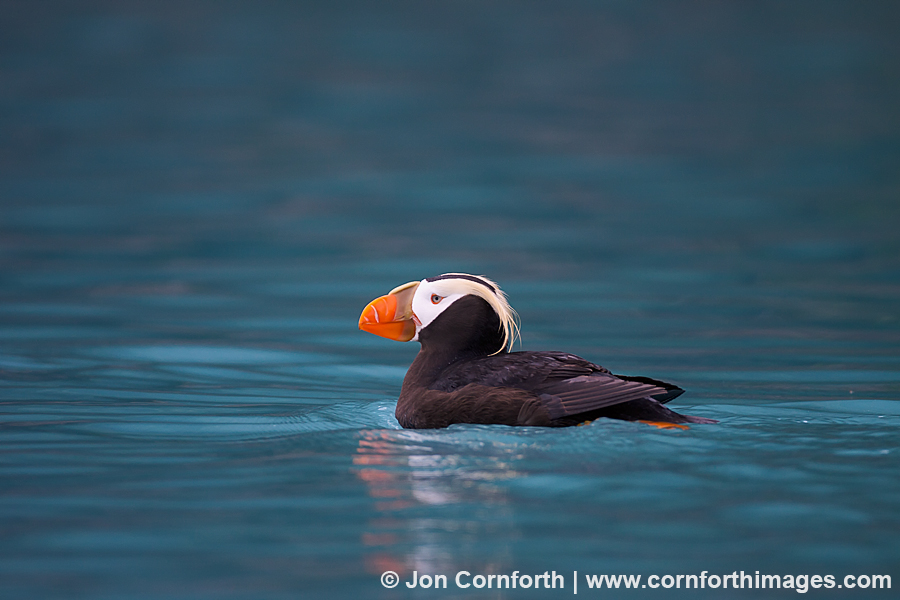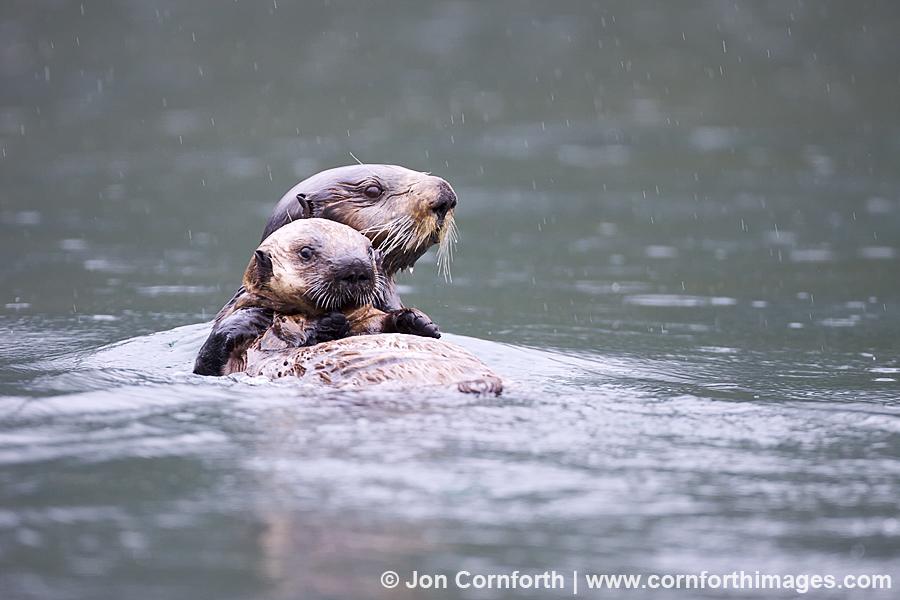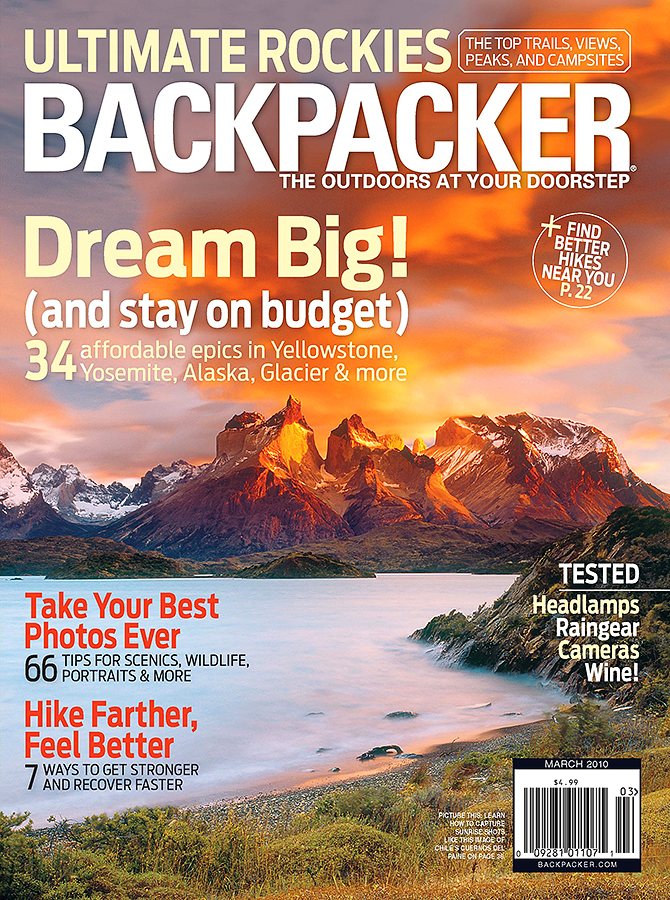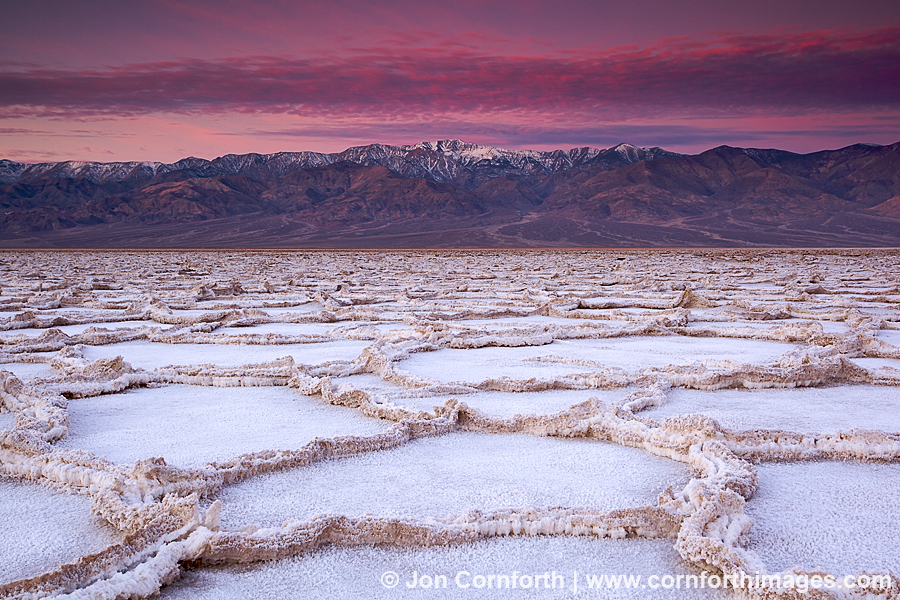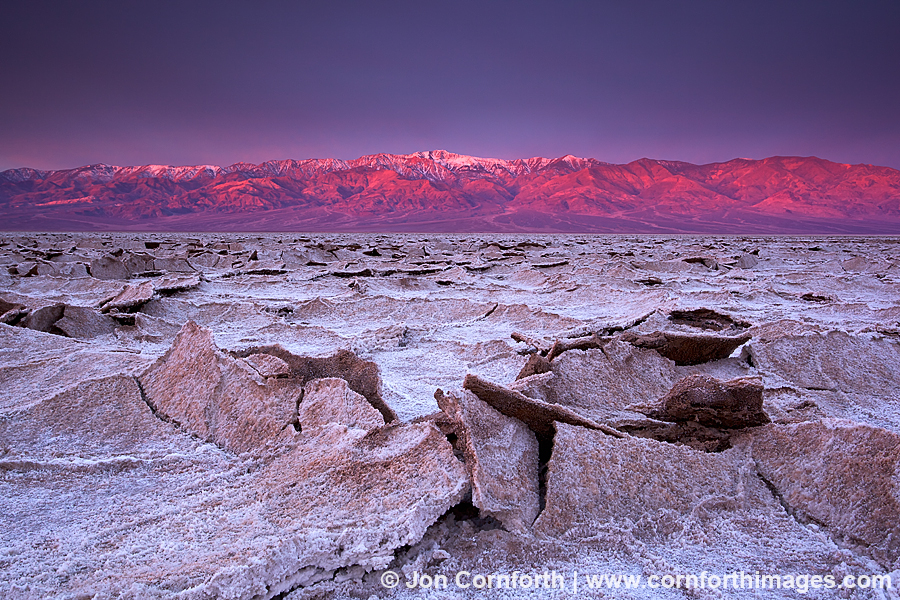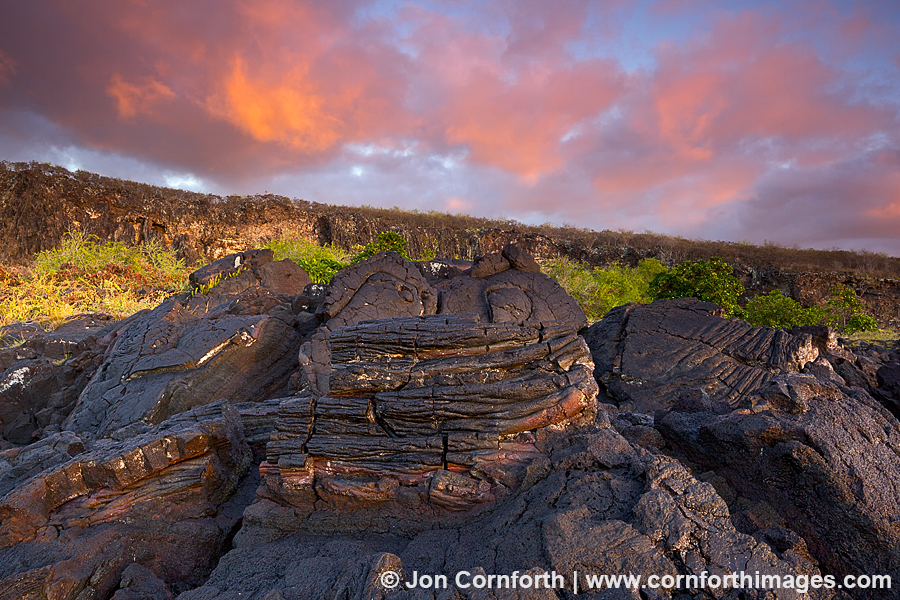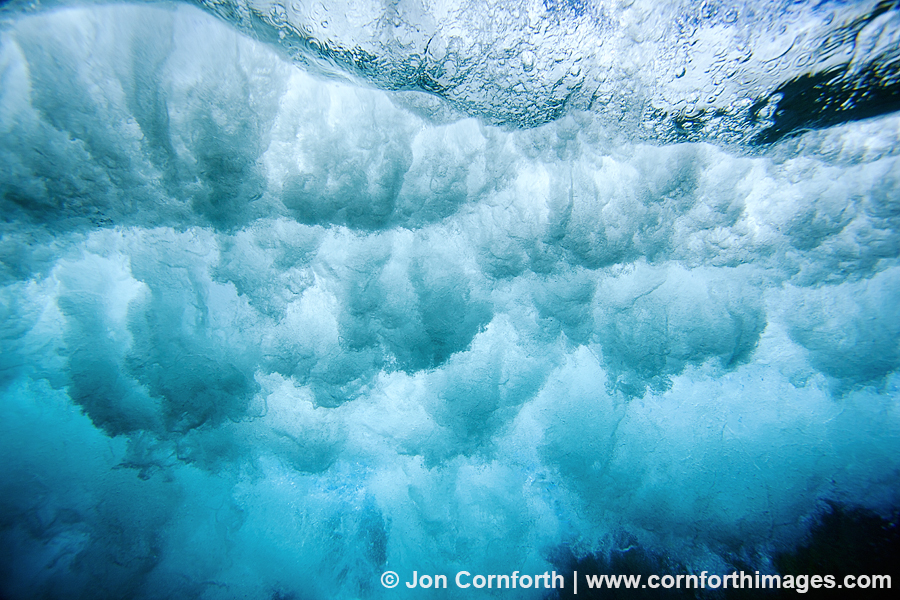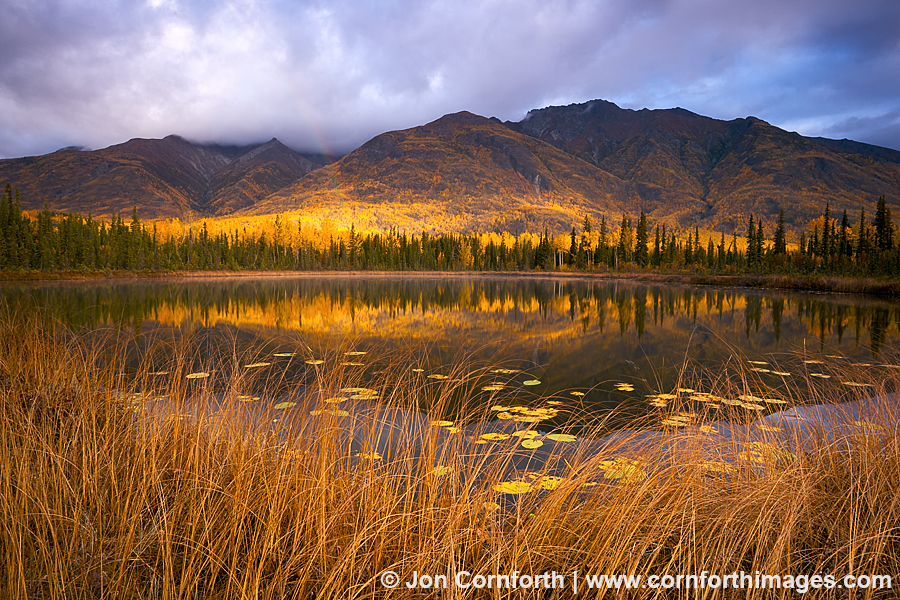Yesterday was my last day in Hawaii. Overall, the trip was exciting and adventurous, yet the photo opportunities were limited. The volcanic haze (vog) foiled almost every sunset landscape image that I tried to shoot. I also went boating 4 days to try and shoot some underwater wildlife. Even though I encountered spinner dolphins, pilot whales, and oceanic white tip sharks, none of them came close enough to me in the water to capture a publishable image. I always say that you better enjoy the boat ride when you are looking for pelagic critters. The chances of finding them are few and far between, yet when you do, it is an incredible experience.
I lucked into this image yesterday morning while snorkeling near the Place of Refuge. My flight home was not until the afternoon, so I decided to go for one last swim. Almost immediately, I found some green sea turtles feeding underwater, but soon turned my attention to a large school of yellow tangs that were moving back and forth in the wave surge. I noticed how dramatic the waves appeared in the background of my useless fish photos, so I turned my attention to capturing the drama of the large waves breaking over the coral reef. After some trial and error, I got my timing down for when I should dive underneath the surface and how to angle my camera up to shoot as the waves boiled over the reef. Of course right after the waves hit me, I felt like I was on the inside of a washing machine! It was challenging, but I had a lot of fun shooting something different.
